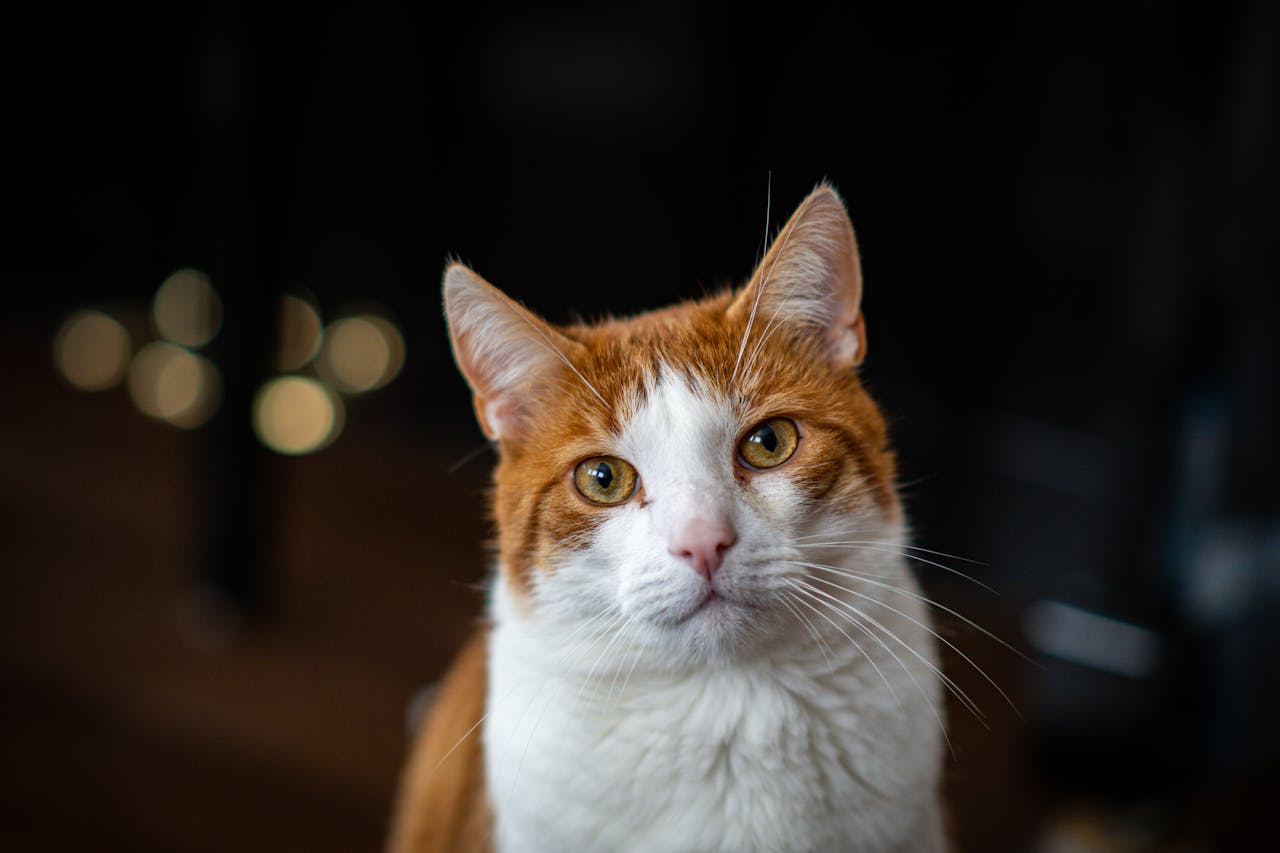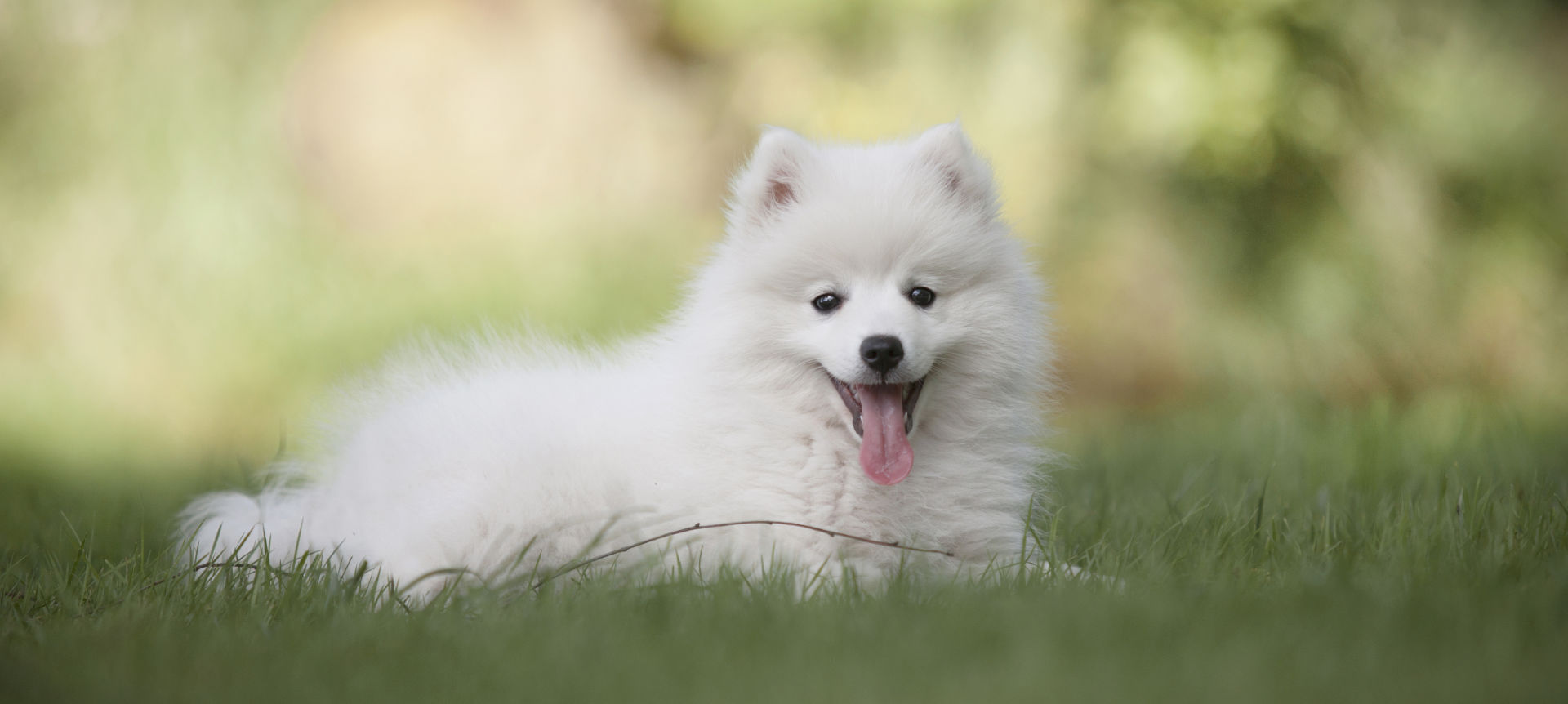
14 Mar Caring for a Cat with No Teeth: Tips and Tricks
Cats are known for their independent nature and their love for exploring and feasting on their favorite treats. However, dental issues can arise, leading to the loss of teeth in our feline friends. Toothless cats, also known as edentulous cats, are felines that have lost some or all of their teeth due to various reasons such as dental disease, injury, congenital issues, or advanced age. While the idea of a toothless cat may seem unusual, these resilient animals can lead happy and fulfilling lives with proper care and adjustments. As a caring cat owner, it’s essential to understand how to provide proper care and ensure their continued health and happiness. In this blog, we’ll explore helpful tips and tricks for caring for a cat with no teeth.
Adaptations and Compensations
Here are some adaptations and compensations they may develop to cope with their tooth loss:
- Alternative Eating Habits: Toothless cats may develop unique eating habits to compensate for their lack of teeth. They may use their tongue and gums to manipulate food or swallow it whole. Some cats may take longer to eat as they adjust to their new way of eating.
- Gentle Chewing: Despite the absence of teeth, toothless cats may still exhibit chewing motions using their gums. Providing soft, chewy treats or toys can help stimulate their gums and provide oral satisfaction.
- Slower Eating Pace: Toothless cats may eat more slowly compared to cats with teeth. This slower pace allows them to thoroughly mix their food with saliva, aiding in digestion. ● Grooming Adaptations: Cats with no teeth may find grooming more challenging, especially when it comes to removing food particles from their fur. Some toothless cats may rely more on grooming tools such as brushes or grooming wipes to keep themselves clean.
- Increased Reliance on Tongue: The tongue becomes even more crucial for toothless cats, as it helps them lap up water, groom themselves, and manipulate food. They may become more adept at using their tongue to explore their environment and interact with objects.
- Behavioral Adjustments: Toothless cats may exhibit changes in behavior related to their tooth loss. They may become more cautious with certain activities or may seek out softer surfaces for resting and playing.
- Closer Bond with Owner: Toothless cats may develop a closer bond with their owners as they rely on them for care and support. Providing reassurance, patience, and affection can help toothless cats feel more secure in their environment.
Adjusting the Diet
One of the most significant adjustments for a toothless cat is their diet. Soft or wet food is typically easier for them to consume compared to dry kibble. Look for high-quality canned or pouch cat food with a smooth consistency that doesn’t require much chewing. You can also consider moistening dry food with water or broth to make it easier to eat. Some cat owners opt
for specially formulated soft diets designed for cats with dental issues, which can provide balanced nutrition tailored to their needs.
Oral Hygiene
Even though your cat may no longer have teeth, oral hygiene remains essential to prevent gum disease and other oral health issues. Regularly inspect your cat’s mouth for any signs of inflammation, sores, or infections. You can gently clean their gums with a soft cloth or gauze moistened with water to remove any food debris and bacteria. Additionally, provide them with dental treats or toys designed to promote oral health and stimulate their gums.
Monitoring Health and Behavior
Keep a close eye on your toothless cat’s overall health and behavior. If you notice any changes in appetite, weight loss, or unusual behavior, consult your veterinarian promptly. Regular check-ups are essential to monitor their oral health, nutritional status, and overall well-being.
Creating a Comfortable Environment
Lastly, ensure your home environment is comfortable and safe for your toothless cat. Provide soft bedding and cozy spots for them to rest and relax. Keep their litter box clean and easily accessible.
Cat Dentist Milwaukee
Overall, toothless cats demonstrate remarkable resilience and adaptability. While tooth loss in cats may present challenges, with proper care, toothless cats can lead happy and comfortable lives. By understanding their unique needs, making appropriate adjustments, and providing love and support, cat owners can ensure their toothless feline companions enjoy a high quality of life. Regular veterinary care, a suitable diet, and attentive monitoring are key to maintaining the health and well-being of toothless cats.
Photo by Marc Derndorff from Pexels


